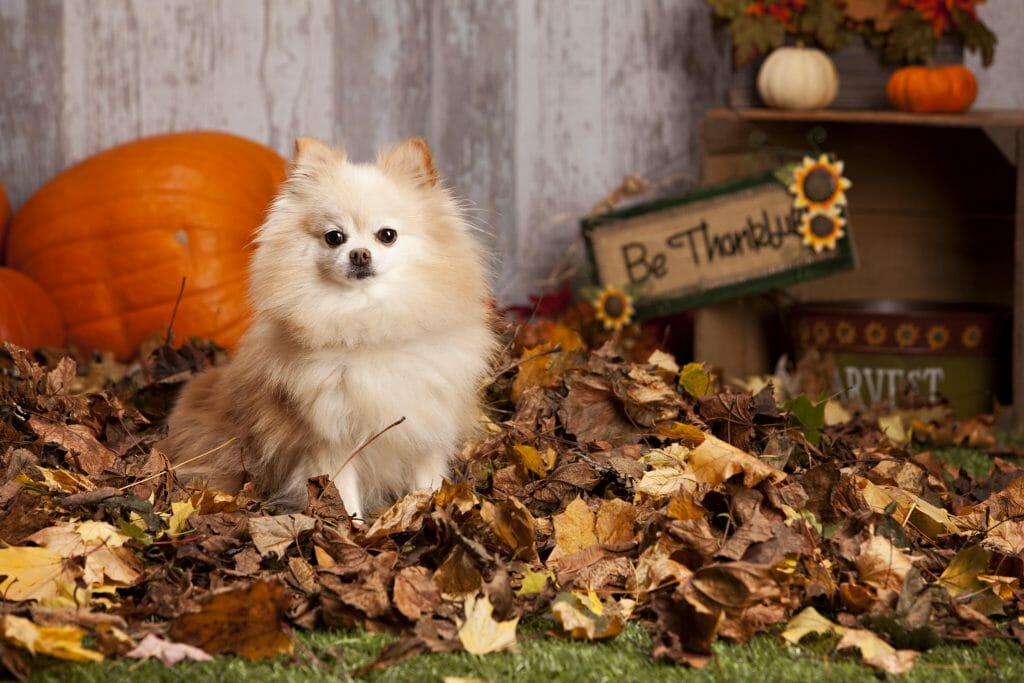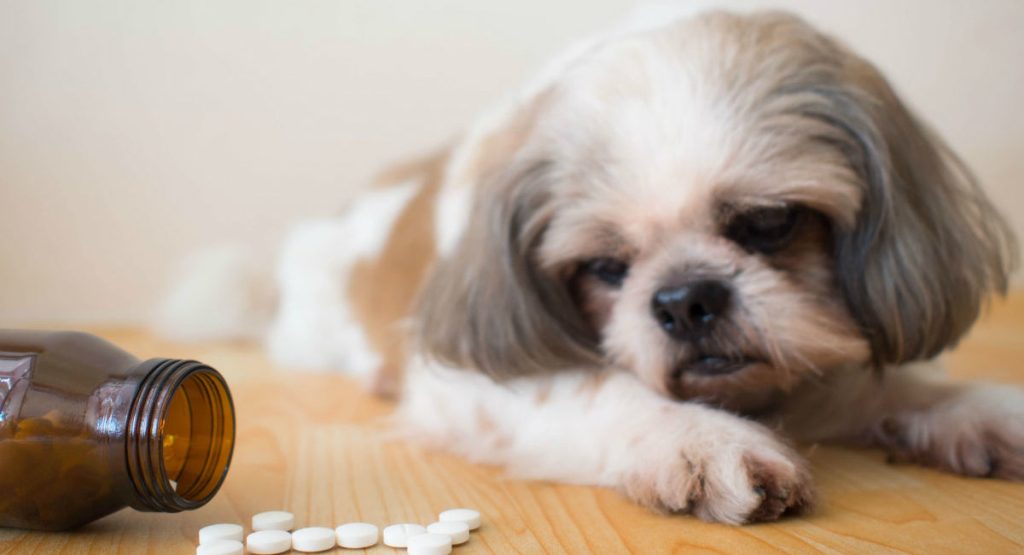Thanksgiving is a holiday for feasts, family and friends. Put the family pet into the middle of the mix and you may be asking for trouble. The following tips should help keep this holiday safe for your four-legged guests.
Thanksgiving feasts are meant for people and not pets:
- Discourage well-meaning guests from spoiling pets with extra treats and scraps from the dinner table. Overindulgence with fatty, rich or spicy foods can cause stomach upset in the form of vomiting and diarrhea and can potentially lead to an inflammatory condition of the pancreas, known as pancreatitis, which can be life threatening if not treated promptly.
- If you do decide to feed your pet a little nibble of turkey, make sure it is boneless and well cooked. Raw or undercooked turkey may contain salmonella bacteria which can cause severe stomach upset.
- Most people understand that chocolate is poisonous to pets, and that the darker it is the more deadly it is, but an artificial sweetener called Xylitol has also been shown to be just as deadly to dogs. Xylitol is a common sweetener used in baked goods so, to be safe, avoid sharing your dessert with your pets.
- Raw bread dough is dangerous for pets too and when it is ingested the pet’s body heat may actually cause it to rise in their stomach. As it expands the pet may experience vomiting, abdominal pain and bloating, which could become a life-threatening emergency requiring surgery.
- Other common holiday foods that are poisonous to pets include the onions, garlic, raisins and grapes.
- Dispose of turkey carcasses and any bones left on plates in a covered, tightly secured container along with anything used to wrap or tie the meat. These are also potential hazards and can be very tempting for your pets. A pet that “discovers” the carcass can quickly eat so much that they develop pancreatitis. Poultry or other soft bones can easily splinter when eaten and can cause damage to your pet’s mouth and esophagus or could get stuck in the stomach and intestines, requiring surgical removal.
If you want to treat your pet for Thanksgiving, buy a treat that is made just for them. You can purchase something from your veterinarian or a local pet food store. Your pet will enjoy the treat just as much, and chances are you won’t spend the holiday at the emergency clinic
Decorations can also be dangerous to pets so as you dress your Thanksgiving table with a centerpiece and flowers, remember to keep them up and away from your pets. Some decorations look good enough to eat, and pets may decide to have a taste. Depending on the flower or decoration, this can result in stomach upset or worse.
- Lilies, in particular, are deadly to cats.
- Pine cones and needles when consumed can cause an intestinal blockage or even perforate the animal’s intestine.
- String like items when consumed can damage your pet’s intestines and could prove fatal if not surgically removed.
If you believe your pet has been poisoned or has gotten into something it shouldn’t have, please call us at Companion Animal Hospital at 902-434-3111. After hours, please contact the Metro Animal Emergency Clinic at 902-468-0674.
For some pets, houseguests can be scary:
- Some pets are shy or excitable around new people, and Thanksgiving often means new people will be visiting. If you know your dog or cat can be overwhelmed when people come over, put them in another room or a crate so they’re out of the frenzy and feel safe. You might even want to consider boarding them to remove them completely from this upsetting situation. If your pet is particularly upset by houseguests, talk to your veterinarian about possible solutions to this common problem.
- If your pets are comfortable around guests, make sure you watch them closely when your houseguests are entering or leaving to make sure your four-legged family member doesn’t make a break for it out the door and become lost.




